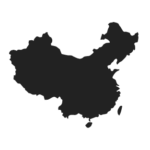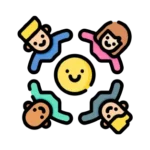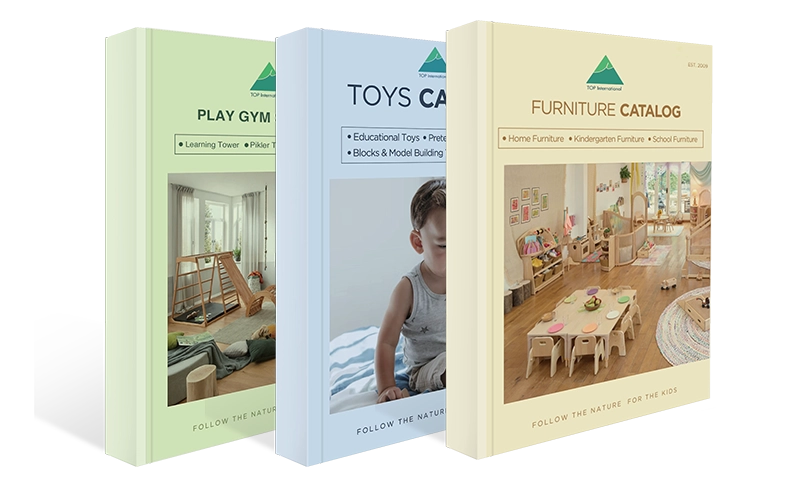How do we truly understand what children need? Are we missing key developmental signs in our classrooms? Can Childhood Observation help us respond better to their behavior and emotions? What are the most effective ways to observe children without interrupting their natural rhythm?
Childhood Observation is a powerful method for understanding children’s thoughts, needs, and developmental progress. By observing naturally and systematically, educators can tailor support based on real behaviors. This leads to improved learning outcomes, emotional security, and stronger teacher-child connections. Practical observation helps us notice learning styles, social interactions, and potential concerns early.
Mastering Childhood Observation takes more than just watching—it requires the proper techniques, timing, and mindset. In the sections below, I’ll share practical, proven strategies that can help any educator or parent become a more mindful and insightful observer of children.
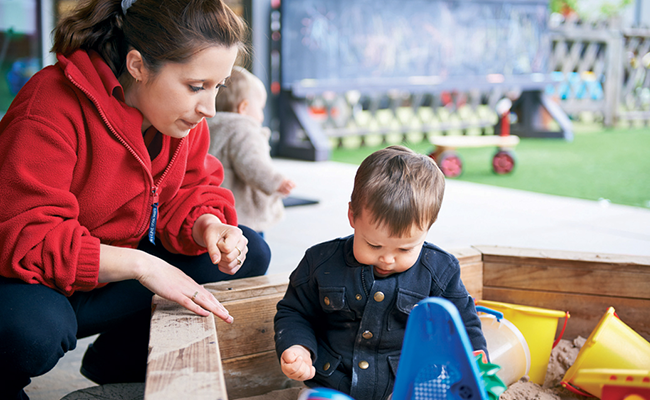

幼児観察とは何ですか?
Childhood Observation is the intentional act of watching, listening, and documenting a child’s behavior, emotions, and interactions in their natural environment. Rather than intervening or directing the child, the adult becomes a quiet observer, learning from the way the child explores the world, plays, solves problems, and interacts with others.
Through ongoing Childhood Observation, parents, teachers, and caregivers gain insights into a child’s development in real time. It reveals not only what a child knows, but also how they learn, how they handle frustration, and how they express joy, curiosity, or empathy. These observations help adults adjust their teaching methods, environment, or support strategies to meet the child’s individual needs.
There are several methods of Childhood Observation, ranging from anecdotal notes to more structured tools like checklists, time sampling, and running records. Each technique serves a different purpose, but they all aim to capture authentic behavior without disrupting the child’s experience.
This kind of observation isn’t just about seeing what a child does—it’s about understanding why. For example, a teacher might notice that a child consistently avoids group activities. Rather than labeling the child as shy, thoughtful observation may reveal a need for more structure or support in social situations.
Observation also supports a more respectful, child-centered approach to teaching. Instead of relying solely on standardized assessments, teachers base decisions on real-life behaviors and daily interactions. This helps create classrooms that are more responsive and emotionally supportive.
In short, learning to observe well is a skill that takes time and practice, but it’s worth it. By quietly watching and thoughtfully reflecting, we begin to see each child as a unique individual on their journey of growth.
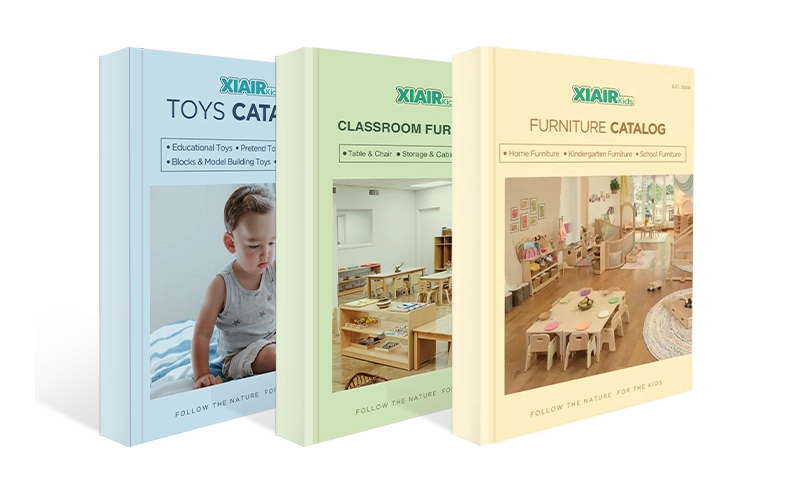
幼児期における観察はなぜ重要なのでしょうか?
Observation is a cornerstone of effective teaching in early childhood education. It provides educators with critical insights into a child’s development, helping them to understand how children learn, interact, and engage with their environment.
幼児教育における観察の重要性は、単に行動を観察するだけにとどまりません。それは教育プロセスを導く上で不可欠な役割を果たします。教育者は、言語習得、社会性、認知能力、感情のコントロールなど、様々な発達領域における子どもたちの進歩を追跡することができます。こうした観察は、教師が子どもの強みと潜在的な学習課題を特定し、個々のニーズに合わせた個別学習体験を提供するのに役立ちます。
A few other potential actions and outcomes for childhood observation include:
- Better understanding of the child’s communication style
- Identify signs of behavioral challenges or special needs
- Document the child’s language development
- Record how the child is using new skills
- Analyze and correct negative behavior patterns
- Acknowledge and reinforce positive behavior patterns
- Evaluate interactions with other children
- Adjust teaching practices based on observations
- Determine whether the child is ready for the next steps and further learning
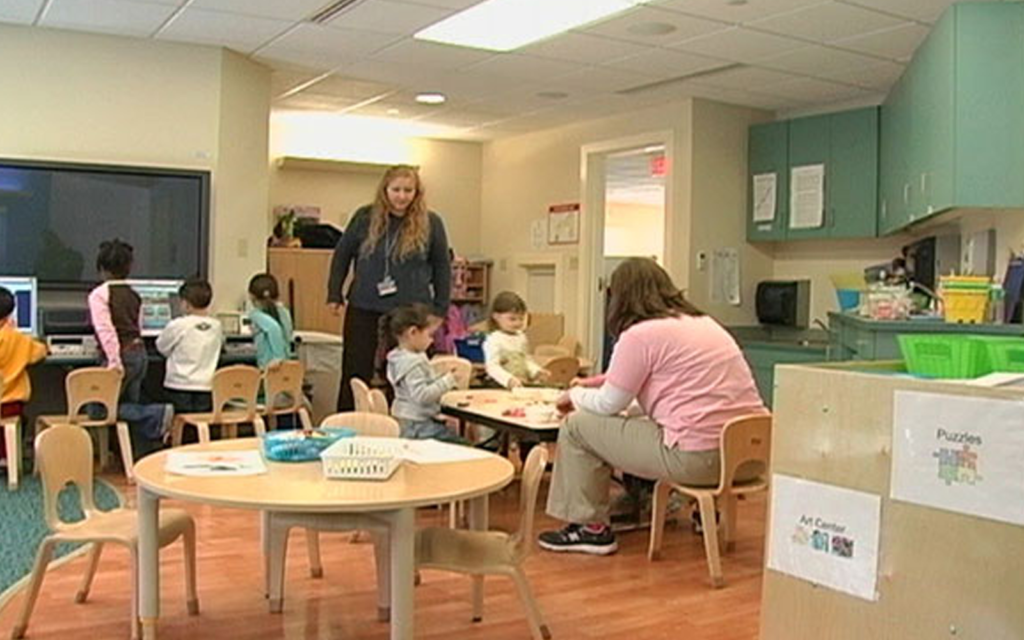
教室での幼児期の観察により、教師は子どもたちが仲間とどのように交流しているかを評価することができ、 様々な活動へのアプローチ方法を学ぶ機会です。この継続的かつリアルタイムのフィードバックにより、教育者は単に行動に反応するだけでなく、客観的な洞察に基づいて子どもの学習経路を積極的に形成することができます。さらに、幼児教育における体系的な観察と評価は、データに基づいた基盤を提供し、学習の質を向上させるための意思決定を支援します。 学習環境それぞれの子どもの発達段階を理解することで、教育者は指導戦略、活動、目標をそれに応じて調整することができ、すべての子どもにとってより効果的で楽しい学習が可能になります。
こうした観察を通して、教育者は保護者との絆を深めることができます。保護者は子どもの成長と学習に関する貴重なフィードバックを提供し、教育における協働的なアプローチの重要性を強調することができます。つまり、観察は評価のためのツールであるだけでなく、教師、子ども、そして家族の間で良好な関係とコミュニケーションを育む手段でもあるのです。


小児期の観察方法にはどのようなものがありますか?
幼児教育における様々な観察手法により、教育者は子どもの発達に関する様々なデータを収集することができます。これらの手法は、教師が特定の行動を理解し、経時的な進歩を追跡し、改善点を特定するのに役立ちます。では、幼児期の観察で最も一般的に用いられる方法をいくつか見ていきましょう。
逸話記録
逸話記録とは、子どもに観察された重要な出来事や行動を簡潔かつ詳細に記述したものです。これらの記録は物語形式で書かれ、特定の状況における子どもの行動や反応のスナップショットを提供するため、貴重な資料となります。幼児期の行動観察票には、子どもの発達に関する包括的な評価の一環として、逸話記録が含まれることがよくあります。
教育者は、子ども一人ひとりの重要な瞬間に焦点を当てることで、その子の能力と進歩をより明確に把握することができます。事例記録は、体系的な観察では捉えきれない強みや問題点を明らかにすることができます。
ランニングレコード
ランニングレコードは、一定期間における子どもの行動、思考、そしてやりとりを、継続的かつリアルタイムで記録する手法です。この手法では、指定された観察時間中に子どもが発する言葉や行動をすべて記録します。幼児期におけるランニングレコード観察は、子どもの行動の流れを追跡し、思考パターンや意思決定プロセスに関する洞察を得るのに特に役立ちます。
ランニング記録は、子どもが周囲の環境や仲間とどのように関わっているかを理解するために役立ちます。教育者にとって、子どもの発達の軌跡を包括的に把握する上で役立ちます。
学習ストーリー
ラーニングストーリーとは、子どもが経験した重要な学習の瞬間、成果、そして課題を記録した物語です。これらの物語は通常、子どもの強みや成長に焦点を当て、前向きな内容で書かれています。教育者は、子どもの自尊心を育み、様々な分野でのさらなる発達を促すために、ラーニングストーリーをよく利用します。
この観察方法は、子供の感情的な反応や社会的相互作用を捉えるのに役立ち、幼児期の環境における観察と評価に最適です。

時間サンプル
Time samples involve recording a child’s activities at intervals, such as every 5 or 10 minutes, over a specific period. This childhood observation method often tracks repetitive behaviors or documents how children engage in structured tasks like play or group work. Educators can also use time samples to gather data on a child’s focus, interests, and responses to various activities.
時間サンプルは、幼児期の行動観察フォームに特に効果的であり、教師が行動のパターンを監視し、追加の注意が必要な領域を特定することができます。
メモ
メモとは、教育者が観察中または観察直後に取る、非公式で簡潔なメモのことです。これらのメモは、詳細な説明や解釈を伴わずに、重要な行動や行為を捉えます。メモはすぐに記録することができ、後でより詳細な記述に展開することができます。幼児期の観察においては、メモは重要な瞬間を素早く参照し、さらに分析するための手段としてよく用いられます。
この方法は、観察を記録するための柔軟なアプローチを提供し、時間が限られている忙しい教室環境で特に役立ちます。
作品サンプル
Work samples are tangible pieces of a child’s work, such as drawings, writings, or crafts, that document their development. Educators collect these samples to evaluate fine motor skills, cognitive abilities, and creative expression. Early childhood observation samples provide physical evidence of a child’s learning process, helping teachers assess progress and tailor future lessons.
教育者は、一定期間にわたって作業サンプルを比較することで、子供の能力と学習スタイルをよりよく理解できます。
写真
写真は、子どもの発達や成長の節目を記録する強力なツールです。教育者は、社会的な交流や身体的な成果など、文章では表現しにくい瞬間を捉えるために、写真を撮ることがよくあります。幼児期の観察ツールには、記録プロセスの一部として写真が含まれることが多く、子どもの経験と成長を視覚的に記録します。
写真は子どもの発達を親に伝えるものでもあるため、幼児期の観察や記録のための貴重なツールとなります。

幼児期におけるさまざまな種類の観察
幼児期には様々な種類の観察が用いられ、それぞれが子どもの発達を理解する上で異なる目的を持っています。これらの観察は構造化されたものも非構造化されたものもあり、子どもの行動、学習スタイル、そして感情状態に関する幅広い洞察をもたらします。主な観察の種類としては、逸話的記録、連続記録、時間サンプルなどがあります。
構造化された観察
構造化観察は、綿密に計画され、子どもの行動に焦点を当てたものです。教育者は、事前に定められた基準やチェックリストを用いて、特定の状況における子どもの能力、社会的交流、または感情的な反応を評価します。例えば、新しい友達や新しい活動に出会ったときの子どもの反応を観察し、子どもが心地よく感じているか、積極的に交流しているか、それとも引きこもっているかを明確に記録します。
構造化された観察は、言語習得や微細運動能力といった特定の発達段階を測定することが多く、定量的なデータを提供することで、経時的な発達の追跡に役立ちます。

非構造化観察
非構造化観察は、形式にとらわれず、教育者がより自発的で自然な環境で子どもを観察します。こうした幼児期の観察では、子どもたちは邪魔や指示を受けることなく、活動や遊びに集中することができます。例えば、教師は子どもたちが自由な遊びの環境でどのように交流しているかを観察し、共有、問題解決、グループをリードするといった行動を記録することができます。
非構造化観察は、子どもの行動をより包括的に捉えることができます。子どもが現実の状況でどのように行動するかを明らかにし、子どもの性格、創造性、そして社会性についての洞察を提供します。
自然観察
自然観察は、教室、家庭、遊び場など、子どもの普段の環境で行われます。この観察方法により、教師は子どもたちが身近な環境でどのように行動するかを観察し、実際の行動パターンを明らかにすることができます。自然観察は、子どもたちが日常生活にどのように反応し、大人や仲間とどのように交流し、周囲の環境とどのように関わっているかを理解するのに役立ちます。
この種の観察は、環境内の刺激に対する子供の自然な反応を反映するため、感情的および社会的発達を追跡するのに特に価値があります。


教育者は何を追跡しますか?
教育者は、幼児期の観察を通して子どもの発達の様々な側面を観察し、個々のニーズを満たし、全体的な成長を促します。認知、身体、社会、感情、言語の発達が重要な領域です。これらの発達領域を一つずつ見ていきましょう。
認知発達
認知発達とは、子どもが思考し、推論し、周囲の世界を理解する能力を指します。教育者は、子どもたちがどのように問題を解決し、パターンを認識し、批判的思考力を必要とする課題に取り組むかを観察します。例えば、子どもがパズルを完成させたり、グループ活動中に指示に従ったりする様子を観察するかもしれません。これらの行動を記録することで、教育者は子どもの認知発達に関する貴重な洞察を得ることができます。
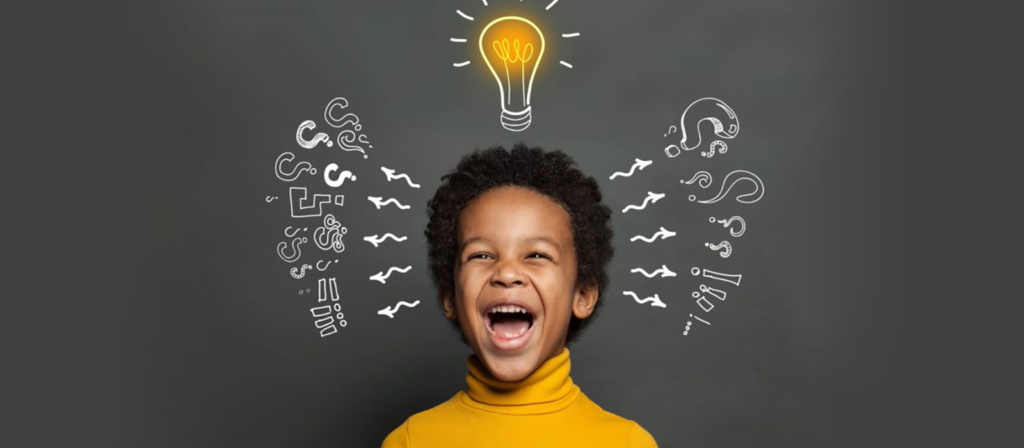
身体の発達
身体の発達には、微細運動能力(例:描く、書く)と粗大運動能力(例:走る、跳ぶ)が含まれます。教育者は、幼児期の観察ツールを用いてこれらの領域の発達を追跡し、子どもがいつ追加の支援を必要とするかを判断するのに役立ちます。例えば、教育者は、はさみで切る、三輪車に乗るなどの活動に取り組む中で、子どもの協調性がどのように向上するかを観察することができます。

社会開発
社会性の発達は、幼児教育の観察において重要な焦点となる領域です。教師は、子どもたちが仲間とどのように交流し、交渉し、対立を解決し、共有したり交代したりするかを観察します。社会的な交流を追跡することで、健全な子どもがどのように対人スキルを発達させ、社会規範を理解していくかについての洞察が得られます。

感情の発達
情緒発達は、子どもが自分の感情をどのように理解し、コントロールするかに焦点を当てています。教師は観察を通して、子どもたちがフラストレーション、喜び、不安にどのように反応し、どのように対処するかを観察することができます。例えば、グループ活動中に子どもが動揺した後、落ち着く能力を記録することで、感情のコントロール能力の成長を浮き彫りにすることができます。

言語と読み書き能力の発達
Language and literacy development are other areas tracked during early childhood observation. Teachers document the child’s ability to use language to express themselves, follow instructions, and engage in storytelling. Observations can reveal how a child develops vocabulary, syntax, and conversational skills over time.

幼児観察レポートには何が含まれますか?
幼児観察報告書とは、教育者が特定の期間にわたって子どもを観察し、その結果をまとめた包括的な文書です。この報告書は、子どもの発達を記録する上で重要な役割を果たし、教育者や保護者にとって貴重なツールとなります。綿密に作成された幼児観察報告書は、様々な発達領域に関する洞察を提供し、指導上の意思決定に役立ちます。
1. お子様の基本情報
小児観察報告書の最初のセクションには、観察対象の子どもに関する重要な情報が記載されます。これは通常、以下の項目で構成されます。
- お子様の名前
- 年齢または生年月日
- 観察日: 観察中の特定の日付または期間。
- 教室または設定: 観察が行われた場所 (例: 教室、遊び場)。
この基礎情報は、レポートの文脈を明確にするのに役立ち、観察結果が特定の子供とその発達段階に結び付けられていることを保証します。
2. 観察の設定と文脈
以下のセクションでは、観察が行われた環境について説明します。これには以下の詳細が含まれます。
- 環境: 観察が教室、遊び時間、グループ活動中、またはより構造化された設定で行われたかどうか。
- 活動の文脈観察中はどのようなことが起こっていましたか?例えば、子どもは特定の課題に取り組んでいましたか?友達と遊んでいましたか?新しい学習活動に取り組んでいましたか?
この文脈は、子どもの行動や環境との関わり、子どもが従事している活動を明確にするのに役立ちます。環境が子どもの行動や発達にどのような影響を与えるかについての洞察を提供します。
3. 子どもの行動と発達の観察
The core of any childhood observation report is a detailed description of the child’s behavior during the observation period. This section focuses on specific actions, interactions, and responses that the child demonstrated:
- 認知発達: 子供がどのように問題を解決し、情報を処理し、新しい概念に取り組むか。
- 身体の発達: 走る、ジャンプする、物を操作するなど、運動能力を発揮する動作。
- 社会の発展: 協力、共有、対立解決など、仲間や大人との交流。
- 感情の発達: フラストレーション、幸福、不安などの感情に対する反応、および子供が感情を制御する方法。
それぞれの観察は注意深く記録され、子どもの発達の微妙な変化をリアルタイムで捉えます。これには、良い瞬間(例:子どもが課題を完了する)と課題(例:グループでの活動の難しさ)が含まれます。

4. 分析と解釈
子どもの行動を記録した後、教育者は 分析する 観察結果。このセクションでは、子どもの行動とそれが発達にどのように関連しているかを解釈します。分析は、以下のような疑問に答えるのに役立ちます。
- 観察から、子どもの強みと成長の余地について何がわかりますか?
- お子様の行動や発達に目立ったパターンはありますか?
- 子供は課題や新しい状況にどのように反応しますか?
この分析は、子供の進歩を理解するのに役立ち、さらなる教育戦略と介入のガイドとして役立ちます。
5. 次のステップに向けた提言
最後に、幼児観察報告書には、お子様の継続的な成長と発達を支援するための推奨事項が記載されます。これらの提案は観察と分析に基づいており、以下のような内容が含まれる場合があります。
- ターゲット戦略: 子供が追加のサポートを必要とする可能性のある領域(社会性スキルや細かい運動能力の発達の強化など)に対処するための特別な指導方法または介入。
- 学習目標特定の分野における子供の進歩を導くための短期または長期の目標(例:言語スキルの発達、グループ作業行動の改善)。
- 今後の展望: 進捗状況や課題を追跡するために、以降の観察でより綿密に監視する必要がある領域を特定します。
These recommendations help teachers and parents align their efforts to create an environment that fosters the child’s development holistically and individually.

Considerations for Documenting
Effective childhood observation is only as valuable as the documentation that follows. When observations are recorded thoughtfully, they become powerful tools for reflection, communication, and action. Whether for planning lessons, discussing concerns with families, or identifying developmental patterns, high-quality documentation ensures the observation serves its true purpose.
Writing observations isn’t just about putting words on paper. It’s about choosing the right words—those that describe behavior accurately, respectfully, and usefully.
Objectivity
The most crucial rule in documenting is to remain objective. This means describing only what you see and hear, without making assumptions, judgments, or interpretations. Instead of writing, “Emma was angry and rude,” it’s more appropriate to say, “Emma crossed her arms, frowned, and said, ‘I don’t want to play with you.’”
Objectivity removes personal bias from the record and keeps the focus on behavior. This matters because colleagues, supervisors, or families may review observations. A subjective or emotional tone can damage trust and distort the child’s experience.
In emotionally charged situations, such as conflict, tantrums, or refusal to follow instructions, it’s essential to pause and reflect before writing. Ask yourself: Am I describing the behavior, or am I expressing my feelings about it? By maintaining objectivity, we ensure that documentation remains professional, credible, and helpful for decision-making.
Specificity and Directness
Generalized or vague statements don’t offer much value. For documentation to be meaningful, it must be specific. This means including details like what the child said or did, what materials they used, and the time or setting of the event.
For instance, instead of writing, “Liam was creative during art time,” a more specific and direct observation would be, “Liam chose yellow and red paint and used a sponge to create overlapping circles. He said, ‘This is the sun and this is the fire.’” This version gives a clearer picture of the child’s thought process and choices.
Direct language avoids unnecessary interpretation or overexplaining. Stick to simple, factual verbs like “said,” “reached,” “placed,” “smiled,” “ran,” or “cried.” These words are easy to understand and leave little room for misinterpretation.
Directness also saves time. In fast-paced classroom settings, efficient documentation is essential. Being both clear and concise allows teachers to capture more moments with less confusion.
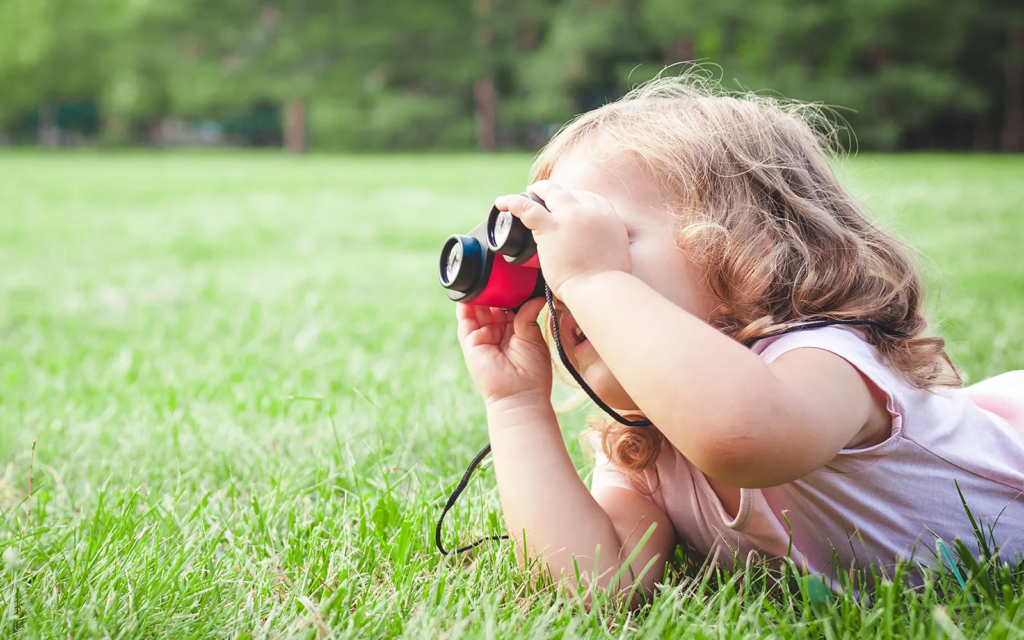
Mood and Emotional Tone
While objectivity is essential, that doesn’t mean we must ignore emotion altogether. Children express a wide range of emotions throughout the day, and noting these shifts, when done carefully, adds depth to the documentation.
The key is to focus on the observable signs of mood. For example, write “Ava looked down, her shoulders slumped, and she spoke softly when asked to clean up,” rather than “Ava was feeling sad.” The first version respects the child’s emotional state without guessing at causes or internal feelings.
It’s also essential to document positive emotional states, not just difficult ones. Noting joy, excitement, pride, or calmness helps paint a balanced, whole-child portrait over time. A record that only reflects problems misses opportunities to celebrate growth and strengths.
By acknowledging emotion in behaviorally grounded ways, we enrich our understanding of each child and how they respond to the world around them.
Completeness
An intense observation includes not only the behavior but also the context. Who else was present? What happened before and after? What materials were used? These details create a fuller picture and help educators identify patterns over time.
Let’s say a child throws a block across the room. If the documentation says, “Child threw a block,” it tells us very little. But if we write, “After another child took his block, Leo yelled, ‘That’s mine!’ and threw a block toward the shelf. He then crossed his arms and sat on the rug,” we begin to understand motivation, social dynamics, and emotional regulation.
Completeness also means following through—did the teacher respond? How did the child recover? Were there later reflections or apologies? Including this information helps connect the dots for future planning and helps avoid repeated incidents.

How to use childhood observations?
When we observe children, we gain access to a world that’s often missed in standardized testing and routine classroom interactions. But observation in itself isn’t enough. The real value of childhood observation comes when we apply what we see to real-life decisions in the classroom, at home, and in communication with families.
Create individualized lesson plans
Every child is unique. Some learn by touching, some by listening, and others by repeating actions until they master a skill. Through observation, teachers can begin to understand how each child learns best, not based on assumptions, but by watching how they interact with their environment, materials, and peers.
Let’s say a teacher notices that one child consistently chooses puzzles and works on them silently for long periods. Another child, in contrast, prefers movement-based activities and engages in lots of verbal interaction. Instead of offering the same lessons to both children, the teacher can use these observations to design personalized activities: hands-on logic challenges for the first child and group storytelling or dance-based learning for the second.
Observation also helps track interests over time. If a child shows sustained interest in animals, this might lead the teacher to integrate animal themes into reading, science, or art lessons. When lessons are rooted in genuine interest, engagement and learning deepen naturally.
This approach supports differentiated instruction and helps every child feel seen and supported. It also leads to more accurate assessments of progress, as children are evaluated within the context of their learning style and personal development journey.
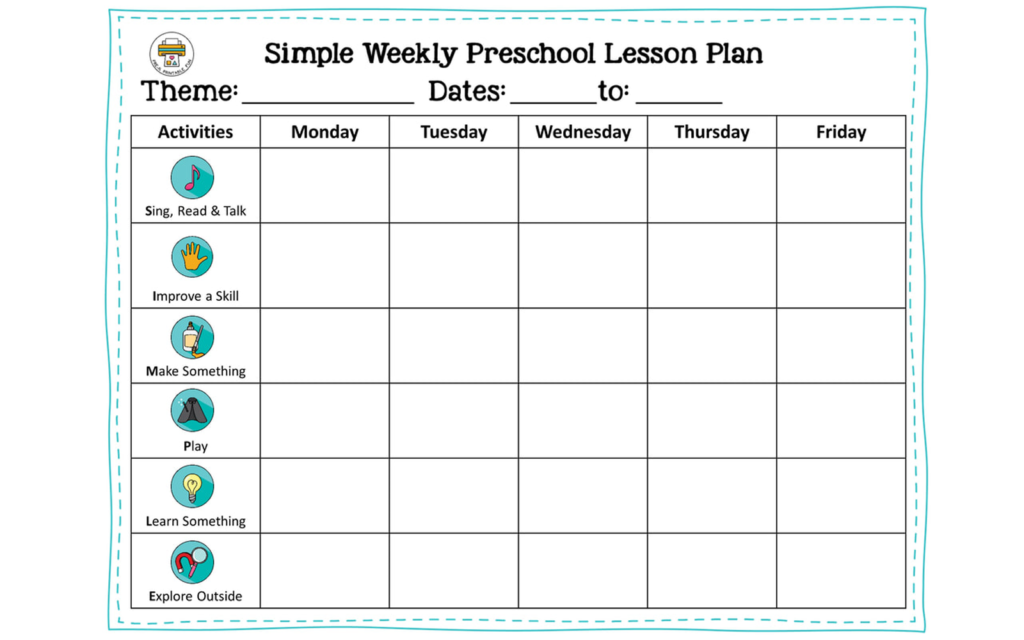
Enhance the classroom environment
Observing children can reveal whether a classroom setup truly supports learning or unintentionally blocks it. For example, a teacher might notice that children often avoid the reading corner or that group conflicts tend to arise in a specific area of the classroom. These patterns can highlight environmental issues such as poor layout, limited space, or lack of sensory variety.
By watching how children move through the space, what they gravitate toward, and where they struggle to focus or cooperate, educators can make informed adjustments. If a group of children frequently sits on the floor in a particular corner to read, it may be time to add cushions and turn that space into a quiet reading nook. If children are constantly pushing or arguing at a small table during art time, it might signal that more materials—or more room—are needed.
Changes based on observation don’t have to be expensive or dramatic. Sometimes, simply rotating toys, adjusting furniture placement, or adding visual cues can transform the energy of the room. Most importantly, these changes show children that their behaviors and needs are being noticed and respected, which supports a stronger sense of ownership and belonging.
Strengthen family-teacher communications
When educators share thoughtful observations with families, it builds trust and creates a partnership around the child’s development. Parents appreciate hearing more than just grades or behavior notes—they want to know how their child learns, how they interact with others, and how they handle challenges.
For example, instead of saying, “Your child is doing fine,” a teacher can say, “I’ve noticed that Maya has become more confident during group discussions. Last week, she volunteered to explain a math problem to her classmates.” This level of detail is only possible through consistent observation.
These shared insights also invite parents to share their observations from home. They may notice things that aren’t visible in the classroom, like how a child talks about school at the dinner table, or how they express emotions during playtime at home. This exchange builds a fuller picture of the child, which benefits everyone involved.
Moreover, when issues arise—such as behavior changes or learning difficulties—having a record of previous observations provides a valuable foundation for honest, constructive conversations. It helps avoid blame or confusion and keeps the focus on support and collaboration.
Identify developmental delays early
One of the most critical roles of observation is early detection. Development doesn’t happen on a fixed timeline, and while some variation is normal, unavoidable delays may require additional support. Through regular observation, teachers can notice if a child isn’t reaching expected milestones in language, motor skills, social interaction, or emotional regulation.
For instance, if a child rarely responds to their name, avoids eye contact, or doesn’t engage in pretend play beyond a certain age, these may be subtle signals of developmental concerns. These signs might be missed in group activities or short checklists, but through consistent, focused observation, they become more apparent.
Early identification doesn’t mean immediate labeling or judgment. It simply allows for timely discussion with specialists or families and the possibility of early intervention. The earlier a child receives support, the better the outcomes tend to be, both academically and emotionally.
Educators should document these patterns over time and across contexts, ensuring that any concerns are based on a complete picture of the child, not just a single moment or isolated behavior. When done with care and clarity, observation can help children access the support they need before problems become larger.

よくある質問
1. 幼児期の観察と評価は、子どもの発達にどのように貢献するのでしょうか?
観察と評価は、教育者が子供の進歩を追跡し、発達のニーズを特定し、子供の成長をサポートする個別の学習計画を作成するのに役立ちます。
2. 幼児教育において児童観察報告書はどのような役割を果たすのでしょうか?
児童観察レポートは、児童の行動と進歩の包括的な記録を提供し、児童の発達に関する洞察を提供し、教育戦略を導きます。
3. 児童観察レポートは発達遅延の特定に使用できますか?
はい、子どもの観察レポートにより、子どもが追加サポートを必要とする可能性のある領域が明らかになり、発達の遅れに対する早期介入が可能になります。
4. 保護者は子どもの学習をサポートするために子ども観察レポートをどのように活用できますか?
保護者は子どもの観察レポートを使用して子どもの長所と改善点を理解し、家庭での学習を強化したり、教師と協力したりすることができます。
結論
幼児期の観察は幼児教育において不可欠なツールであり、教育者に、それぞれの子どもの発達過程を評価し、支援するために必要な洞察を提供します。体系的な幼児期の観察を通して、教育者は子どもの認知的、身体的、感情的、そして社会的な成長を追跡し、これらの観察結果を教育実践に役立て、さらなる支援が必要な領域を特定します。
児童観察報告書は、お子様の基本情報、環境の説明、行動と発達の詳細な観察結果、進捗状況の分析、そして次のステップに向けた実践的な提言を含む包括的な文書です。この報告書は、お子様の発達段階における現状を概観し、教室と家庭の両方における継続的な成長のためのロードマップを作成するのに役立ちます。
幼児教育に観察と評価を統合することで、教育者は授業計画、子どもへの介入、保護者とのコミュニケーションについて、十分な情報に基づいた意思決定を行うことができます。これらの報告書は、協働的なアプローチを促進し、個々の子どものニーズに合わせた個別化された指導方法を確実に提供し、最終的にはより支援的で効果的な学習環境を構築します。
子供フード観察レポートは、進捗状況の追跡、発達の遅れの特定、教育体験の向上に不可欠であり、質の高い幼児教育の基礎となります。



